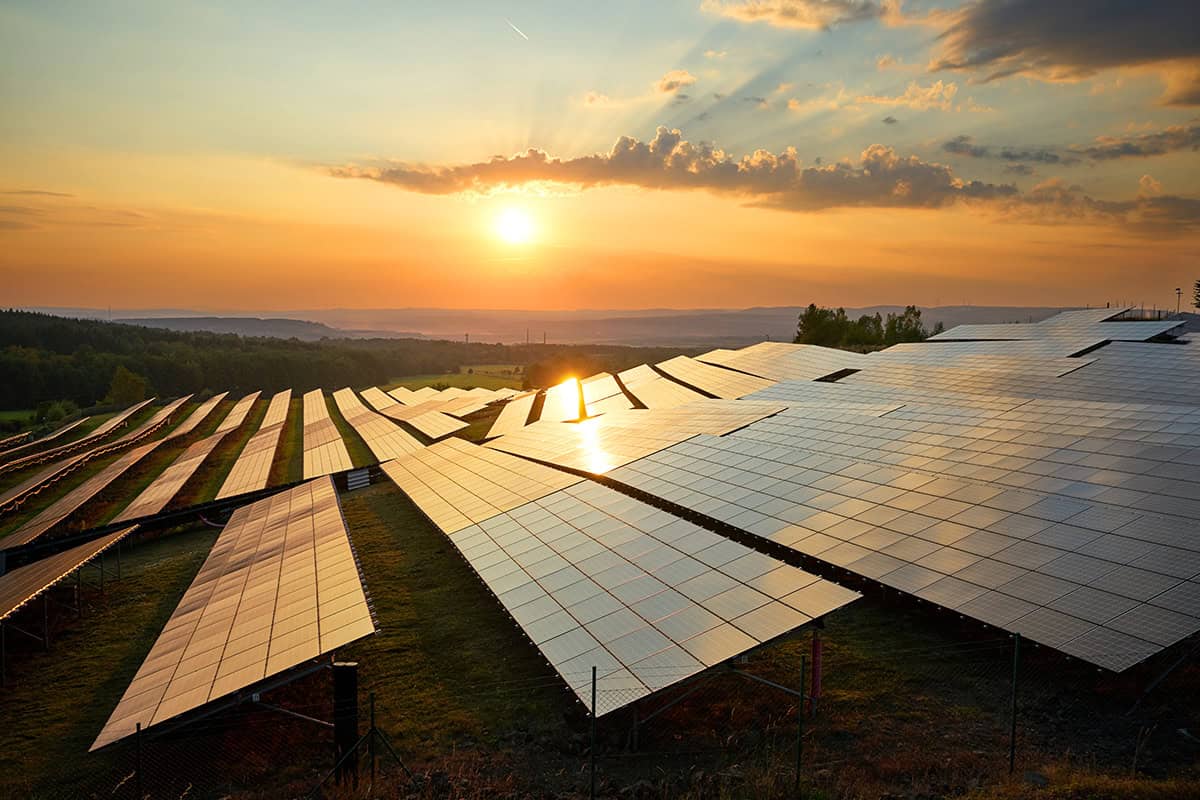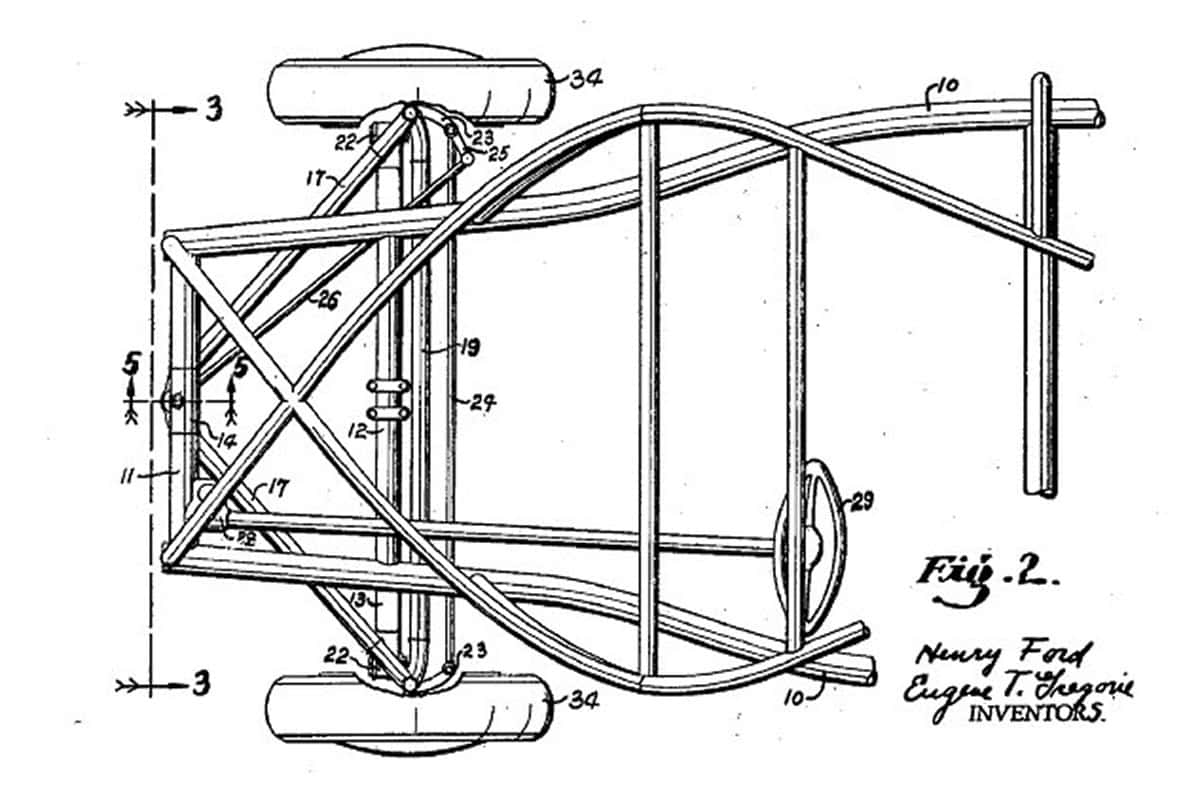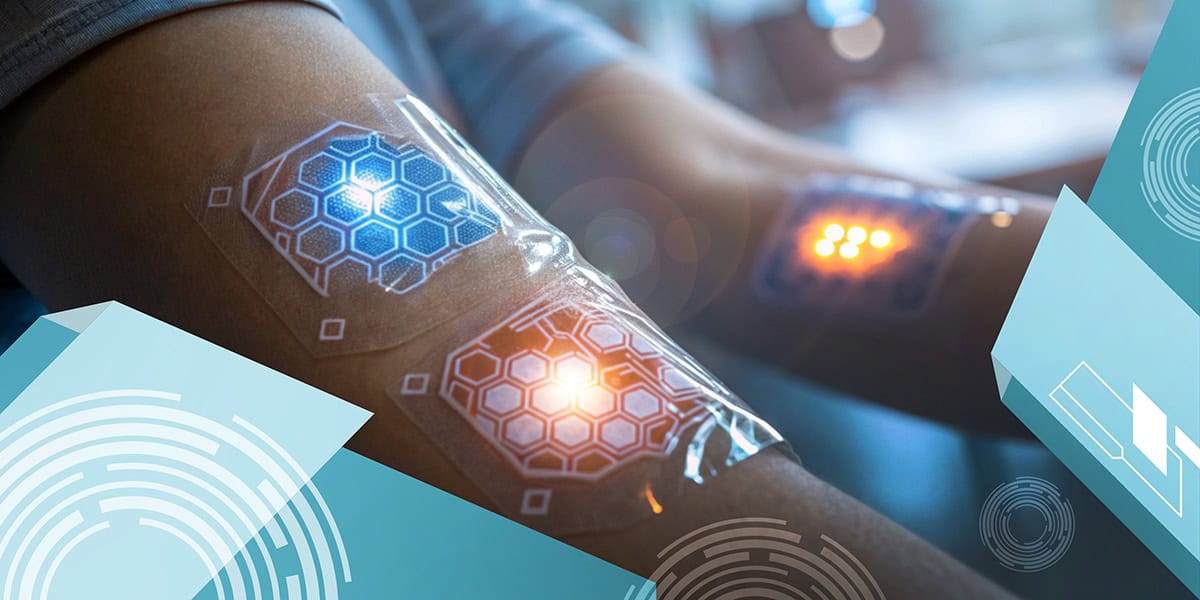When is good enough ‘good enough’?
Whether you’re running a business project, carrying out scientific research, or doing a spot of DIY around the house, knowing when something is “good enough” can be a tough question to answer. To me, “good enough” means something that is fit for purpose. It’s about striking a balance between the effort required to achieve perfection and the cost of not moving forward. It’s an essential mindset when perfection is either not needed or – as is often the case – not attainable.
When striving for good enough, the important thing to focus on is that your outcome should meet expectations, but not massively exceed them. Sounds simple, but how often have we heard people say things like they’re “polishing coal”, striving for “gold plated” or “trying to make a silk purse out of a sow’s ear”. It basically means they haven’t understood, defined or even accepted the requirements of the end goal.
Trouble is, as we go through school, college and university, we’re brought up to believe that we should strive for the best in whatever we study. Those with the highest grades, we’re told, will probably get the best opportunities and career openings. Unfortunately, this approach means we think we need to aim for perfection in everything in life, which is not always a good thing.
How to be good enough
So why is aiming for “good enough” a good thing to do? First, there’s the notion of “diminishing returns”. It takes a disproportionate amount of effort to achieve the final, small improvements that most people won’t even notice. Put simply, time can be wasted on unnecessary refinements, as embodied by the 80/20 rule (see box).
The 80/20 rule: the guiding principle of “good enough”
Also known as the Pareto principle – in honour of the Italian economist Vilfredo Pareto who first came up with the idea – the 80/20 rule states that for many outcomes, 80% of consequences or results come from 20% of the causes or effort. The principle helps to identify where to prioritize activities to boost productivity and get better results. It is a guideline, and the ratios can vary, but it can be applied to many things in both our professional and personal lives.
Examples from the world of business include the following:
Business sales: 80% of a company’s revenue might come from 20% of its customers.
Company productivity: 80% of your results may come from 20% of your daily tasks.
Software development: 80% of bugs could be caused by 20% of the code.
Quality control: 20% of defects may cause 80% of customer complaints.
Good enough also helps us to focus efforts. When a consumer or customer doesn’t know exactly what they want, or a product development route is uncertain, it can be better to deliver things in small chunks. Providing something basic but usable can be used to solicit feedback to help clarify requirements or make improvements or additions that can be incorporated into the next chunk. This is broadly along the lines of a “minimum viable product”.
Not seeking perfection reminds us too that solutions to problems are often uncertain. If it’s not clear how, or even if, something might work, a proof of concept (PoC) can instead be a good way to try something out. Progress can be made by solving a specific technical challenge, whether via a basic experiment, demonstration or short piece of research. A PoC should help avoid committing significant time and resource to something that will never work.
Aiming for “good enough” naturally leads us to the notion of “continuous improvement”. It’s a personal favourite of mine because it allows for things to be improved incrementally as we learn or get feedback, rather than producing something in one go and then forgetting about it. It helps keep things current and relevant and encourages a culture of constantly looking for a better way to do things.
Finally, when searching for good enough, don’t forget the idea of ballpark estimates. Making approximations sounds too simple to be effective, but sometimes a rough estimate is really all you need. If an approximate guess can inform and guide your next steps or determine whether further action will be necessary then go for it.
The benefits of good enough
Being good enough doesn’t just lead to practical outcomes, it can benefit our personal well-being too. Our time, after all, is a precious commodity and we can’t magically increase this resource. The pursuit of perfection can lead to stagnation, and ultimately burnout, whereas achieving good enough allows us to move on in a timely fashion.
A good-enough approach will even make you less stressed. By getting things done sooner and achieving more, you’ll feel freer and happier about your work even if it means accepting imperfection. Mistakes and errors are inevitable in life, so don’t be afraid to make them; use them as learning opportunities, rather than seeing them as something bad. Remember – the person who never made a mistake never got out of bed.
Recognizing that you’ve done the best you can for now is also crucial for starting new projects and making progress. By accepting good enough you can build momentum, get more things done, and consistently take actions toward achieving your goals.
Finally, good enough is also about shared ownership. By inviting someone else to look at what you’ve done, you can significantly speed up the process. In my own career I’ve often found myself agonising over some obscure detail or feeling something is missing, only to have my quandary solved almost instantly simply by getting someone else involved – making me wish I’d asked them sooner.
Caveats and conclusions
Good enough comes with some caveats. Regulatory or legislative requirements means there will always be projects that have to reach a minimum standard, which will be your top priority. The precise nature of good enough will also depend on whether you’re making stuff (be it cars or computers) or dealing with intangible commodities such as software or services.
So what’s the conclusion? Well, in the interests of my own time, I’ve decided to apply the 80/20 rule and leave it to you to draw your own conclusion. As far as I’m concerned, I think this article has been good enough, but I’m sure you’ll let me know if it hasn’t. Consider it as a minimally viable product that I can update in a future column.
The post When is good enough ‘good enough’? appeared first on Physics World.



